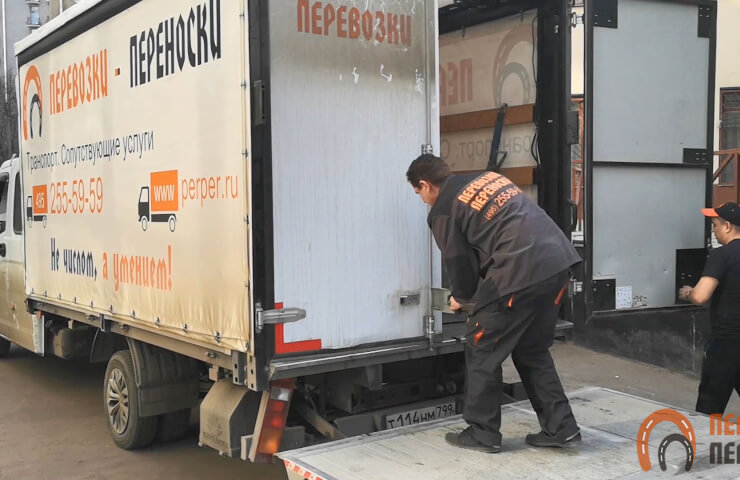Transporting server equipment is a responsible task that requires careful planning and execution. Servers are the backbone of any IT infrastructure, and improper handling during transit can result in hardware damage, data loss, and significant downtime. In this article, we'll look at key expert tips and tricks for ensuring the safe transportation of server hardware.
If you would like to learn more about the specifics of transporting IT server equipment, then go to the company’s website https://perper.ru/transportnye-uslugi/perevozka-serverov. Follow the link to find information about prices and related services for transporting servers and rigging work.
Preparation for transportation
Before you go on a journey to transport server equipment, you need to carefully prepare. This step lays the foundation for a smooth, risk-free transportation process.
Documentation:
- Create an inventory of all server hardware.
- Document current configuration and connections.
Data Backup:
- Perform a comprehensive backup of all important data.
- Verify the integrity of the backup to ensure data recovery.
Labeling:
- Clearly label each server and its components.
- Use fragile labels on delicate parts.
- /ul>
Choosing the Proper Packaging
Proper packaging is critical to protecting your server hardware from shock, vibration, and other potential damage during transit.
Server Racks:
- If possible, remove servers from racks.
- Use custom-sized shock-absorbing server packaging.
Cables and accessories:
Recommended:- Connect cables securely and label them.
- Pack accessories in separate, padded containers.
Protecting your server hardware
In To avoid physical damage, server equipment must be securely secured in the vehicle.
Cushioning:
- Use shock-absorbing materials such as foam or air-filled cushions.
- Ensure servers are tightly packed to minimize movement.
Temperature Control:
- Consider shipping climate conditions.
li>Use climate-controlled vehicles for sensitive equipment.
Choosing the right transportation method
The choice of transportation method has a significant impact on the safety of server equipment.
Professional movers:
- Hire experienced movers with experience in transporting IT equipment.
- Make sure the movers are aware of the sensitivity of server equipment.
- /ul>
Specialized Vehicles:
- Use vehicles equipped with air suspension for a smoother ride.
- Choose GPS tracking to track your location in real time time.
To transport server equipment, a good option would be to rent a truck with a hydraulic lift. Follow the link https://perper.ru/transportnye-uslugi/mashiny-s-gidrobortomand order inexpensive cargo transportation on a truck with hydraulic rotation.
Solving problems during transportation
Despite careful planning, problems may arise during transportation. Experts recommend specific steps to resolve potential problems.
Emergency Kit:
- Pack an emergency kit with the necessary tools for quick troubleshooting.
- Include contact information for IT support.
Communication:
- Establish regular communication with the transport team.
- Provide detailed route plan and emergency contacts assistance.
Post-Transport Checklist
Upon arrival at your destination, it is critical to conduct a thorough check to ensure that the server hardware is in optimal condition.
Visual Inspection:
- Inspect the packaging for any signs of damage.
- Check server components for misalignment or damage.
Reconfiguration:
- Reassemble the servers in their original configurations.
- Check connections and power supply.
Final thoughts
Transporting server equipment requires a combination of careful planning, appropriate





